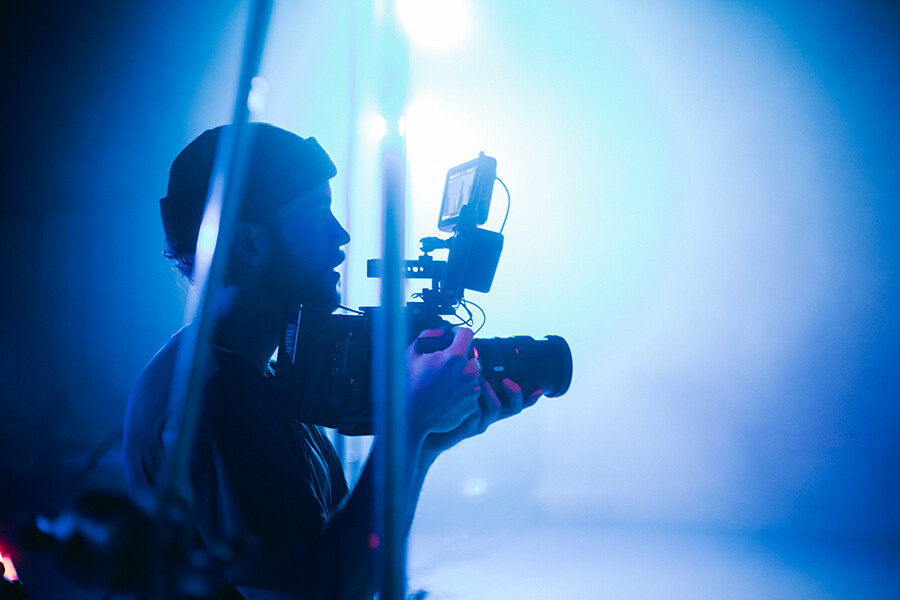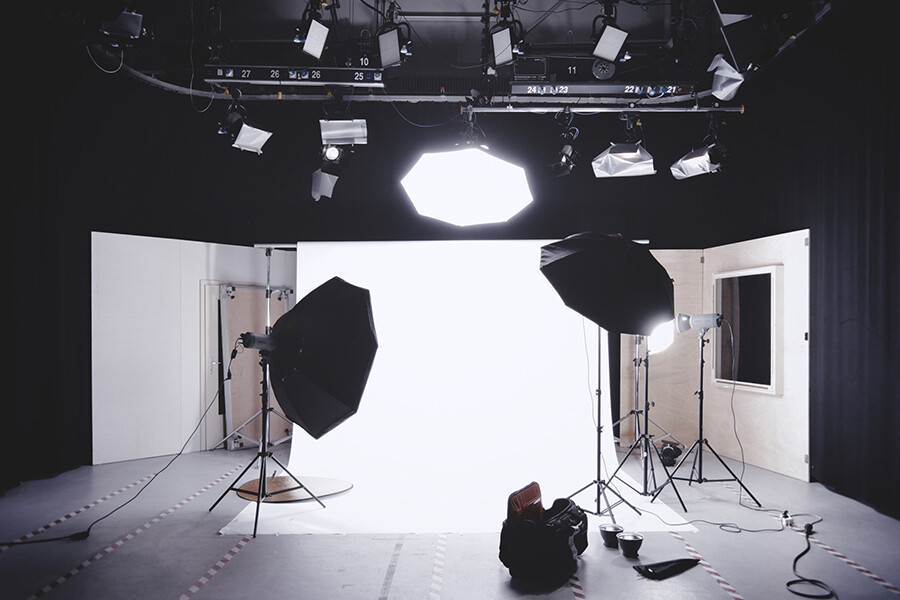- Accueil
- La recherche
- Mémoires et Travaux de fin d’études
- L’écrit et l’image : Étude du rapport entre le texte et la photographie dans le dispositif photolittéraire chez Denis Roche, Hervé Guibert et Annie Ernaux
L’écrit et l’image : Étude du rapport entre le texte et la photographie dans le dispositif photolittéraire chez Denis Roche, Hervé Guibert et Annie Ernaux
Auteur : BALAY Olivier
Directeur(s) de mémoire : Florent Fajole
Photographie
Résumé : Dans les oeuvres photo-littéraires de Denis Roche, d’Hervé Guibert et d’Annie Ernaux, la photographie met en jeu le rapport de l’auteur à l’acte photographique et à sa signification, tant dans la production d’une image que dans le processus de création littéraire. Dans ce mémoire, nous interrogeons dans quelles mesures l’écriture entretient la polysémie inhérente à l’image photographique et à l’inverse, comment cette dernière parvient à « rendre plus clair » le texte littéraire, selon l’expression de Roland Barthes (Le message photographique), en dotant le texte d’une dimension phénoménale, et asémantique. Nous nous demandons alors quelles sont les stratégies photo-textuelles mises en oeuvre par ces auteurs pour y parvenir et quelles en sont les incidences sur la place du lecteur dans le cadre de tels dispositifs. Sur le plan théorique, nous évaluons la pertinence de l’appareil critique développé par Roland Barthes dans les années 1960 et 1970, ainsi que dans son dernier ouvrage, La Chambre claire (1980) dans cette perspective.
Mots-clés : Photographie, Littérature, Dispositif, Photo-Littérature, Photo-Textualité, Oeuvres hybrides, Denis Roche, Hervé Guibert, Annie Ernaux, Roland Barthes, Sémiologie, Polysémie, Lecteur, Auto-Fiction.
—
Abstract: In the photo-literary works of Denis Roche, Hervé Guibert and Annie Ernaux, photography brings into play the authors relationship to the photographic act and therein its meaning, both in the production of an image and in the literary creation process. In this dissertation, we will question to what extent writing maintains the inherent polysemy to the photograph and, conversely, how the latter manages to « make the literary text clearer », in the words of Roland Barthes (Le message photographique), by endowing the text with a phenomenal and asemantic dimension. Thus, we must examine the various photo-textual strategies implemented by these authors to achieve such clarity as well as the impact of the reader’s place within such devices. On a theoretical plane, we will additionally evaluate the relevance of the critical apparatus developed by Roland Barthes in the 1960s and 1970s, as well as in his last work, La Chambre claire (1980), in this vein.
Keywords: Photography, Literature, Device, Photo-Literature, Photo-Textuality, Hybrid works, hybrid, Denis Roche, Hervé Guibert, Annie Ernaux, Roland Barthes, Semiology, Polysemy, Reader, Autofiction.



